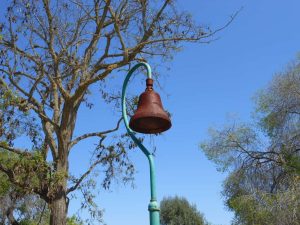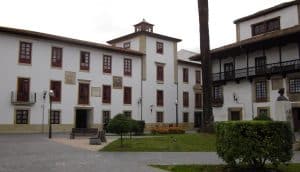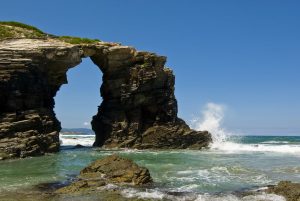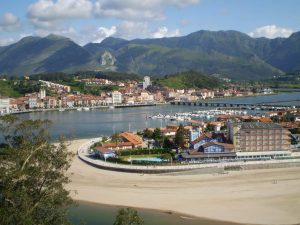
Do you know the Tower of Hercules? Did you know it is the oldest functioning lighthouse in the world? This monument lights up the waters of La Coruña and marks the start of one of the most historic and accessible routes to Santiago de Compostela: the English Way.
Would you like to know why this is the ideal place to start your journey to Santiago? Keep reading to discover all the secrets held by this monument and the route that begins from it.
Índice de contenidos
The Tower of Hercules as the start of your adventure
If you are thinking about Camino de Santiago trips, the English Way is an option for pilgrims who seek a journey rich in history and landscapes, but with a lower physical demand compared to other routes. This journey combines the beauty of the Galician coast with comfortable and accessible stages, something that is not always possible on other routes.
For example, those who choose the Camino de Santiago from Ourense must face the challenge of more solitary paths.
On the other hand, the Primitive Way from Lugo is known as one of the most demanding routes. Although it offers a deeply spiritual experience and is ideal for those who want to connect intensely with the essence of the Camino, it requires great physical effort.
The Northern Way is known for its length (over 800 kilometres) and its challenging sections, with a mix of coastal cliffs and mountains. However, you can always do this route in stages and start from Irun Bilbao Camino de Santiago
Thus, starting your pilgrimage at the Tower of Hercules offers you the best of both worlds: an accessible route with deep cultural roots, a symbol of the union between sea and land, and a legacy that accompanies pilgrims in every step towards Santiago.
The Tower of Hercules: a historic and monumental lighthouse
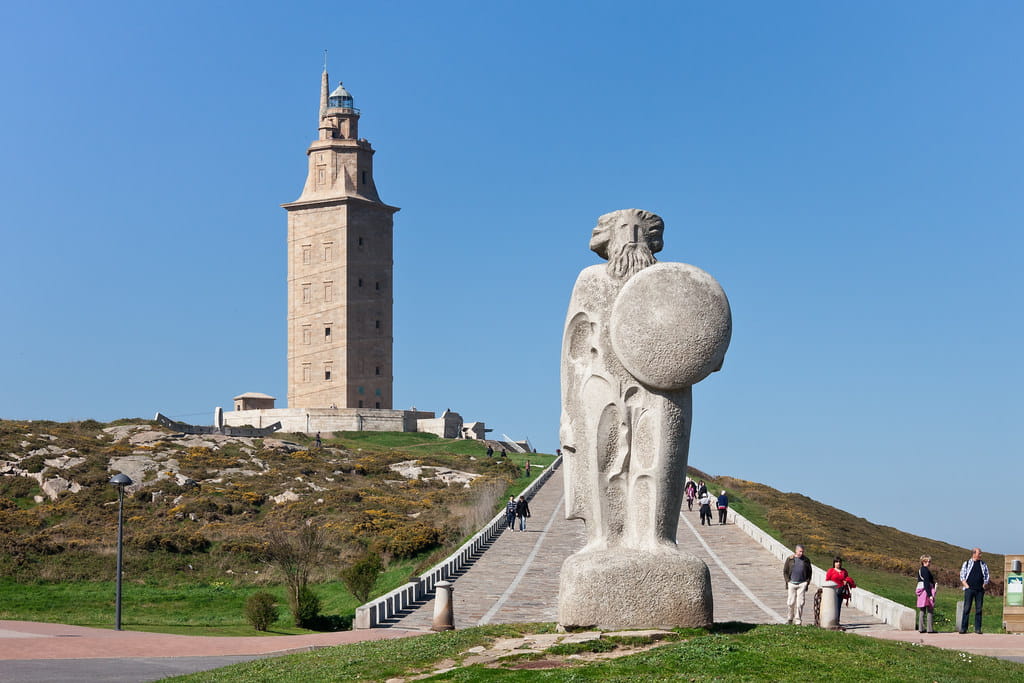
The Tower of Hercules is a symbol of Galician history and culture. This lighthouse, which has been in operation for over 2,000 years, is the oldest still-operational lighthouse in the world.
It was built during the Roman Empire, and its presence in the landscape of La Coruña is unmistakable. Furthermore, since 2009, it has been recognised as a World Heritage Site. This enhances its significance both as a functional structure and as an emblem of the region’s rich history.
For pilgrims, the Tower holds symbolic value. It represents the connection between sea and land, a physical and spiritual starting point. When you begin your journey, you are facing history itself. You will feel as though the lighthouse is guiding you to Santiago, lighting your path both literally and metaphorically.
The Tower of Hercules: origins
Its origins date back to the 1st century AD, when it was built under the direction of the Roman architect Caius Sevius Lupo. Initially, it was a structure with a clearly defensive purpose. It was intended to guide sailors approaching the dangerous coasts of ancient Brigantium, the Roman name for modern-day La Coruña.
Standing at 55 metres high, it has witnessed numerous historical events: from the peak of the Roman Empire to the times when barbarian tribes, the Vikings, and other invaders tried to dominate the Galician coasts.
Its original structure has been restored several times, with the most significant restoration occurring at the end of the 18th century, when the engineer Eustaquio Giannini renovated it to give it the appearance it retains today.
The myths and legends of the Tower of Hercules
Like many historical monuments, this tower is surrounded by myths and legends.
One of the most popular stories links its construction to the mythical hero Hercules. According to this legend, Hercules came to Galicia to face the giant Geryon, a tyrant who had oppressed the people of the region. After a fierce battle, Hercules defeated Geryon and, as a symbol of his victory, built the tower at the spot where he buried the giant’s head.
Another legend tells that the tower was one of the mythical Pillars of Hercules, which marked the edge of the known world for the ancients.
The strategic importance of the Tower of Hercules
The location of the Tower on a promontory with stunning views of the Atlantic Ocean was no accident.
During Roman times, Galicia was a strategic point in maritime trade routes, and the Tower served as a guide for ships arriving at the ports of the northwest Iberian Peninsula. Its light, originally produced by bonfires, was crucial for avoiding shipwrecks on a coast known for its steep cliffs and dangerous currents.
Over time, it has remained in operation, adapting to technological innovations. Today, it uses a modern electrical system that continues to fulfil its original function, illuminating the waters and guiding sailors.
An unparalleled natural and cultural environment
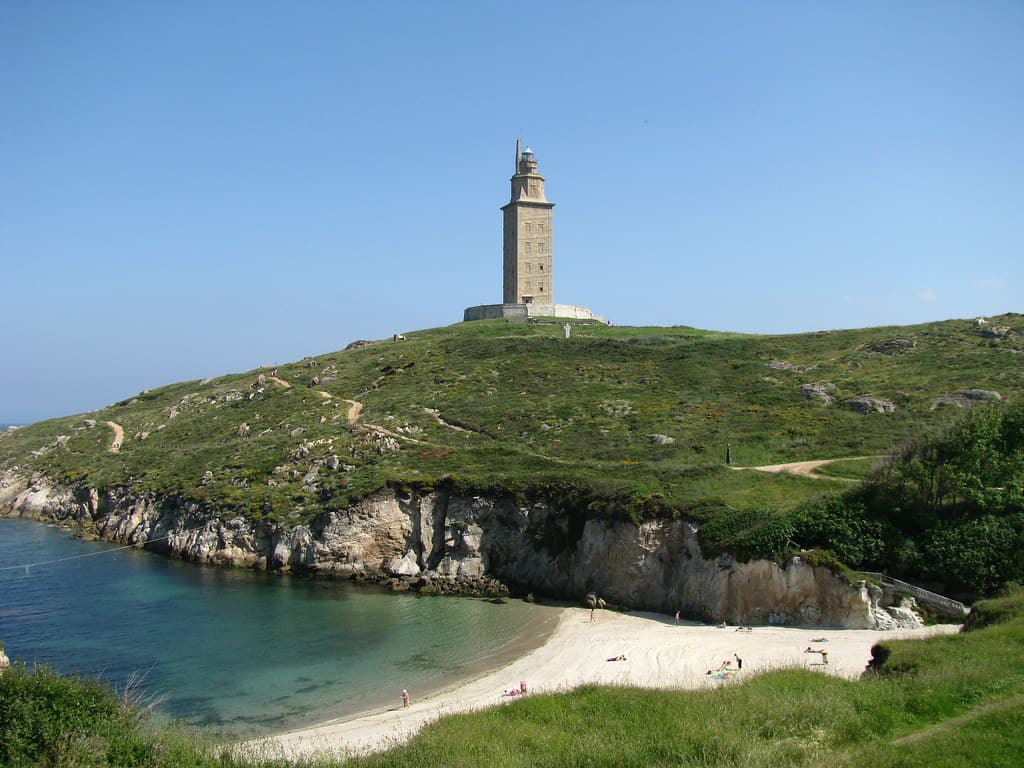
Visiting the Tower of Hercules not only allows you to explore one of Galicia’s most iconic monuments but also to enjoy a unique setting.
The monument is surrounded by the Sculpture Park of the Tower of Hercules. This open-air space features numerous works of art inspired by mythology, history, and Galician culture. Among the most notable sculptures are:
- The Menhir of Peace, a work by Manolo Paz.
- The Caronte, an impressive depiction of the boatman from Greek mythology who transports the souls of the dead.
- Also noteworthy is the statue of Breogán, a legendary Celtic king of Galicia. According to mythology, Breogán founded the city of Brigantium, and his tower was the starting point of the Celts’ migration to Ireland.
From the surroundings of the Tower, visitors can enjoy spectacular views of the ocean and the city of A Coruña. The proximity of the Seafront Promenade allows visitors to explore the coastline and discover other points of interest, such as Riazor Beach, the San Antón Castle, or the Monte de San Pedro.
Practical tips for visiting the Tower of Hercules
If you decide to start your English Way from the Tower of Hercules or simply visit this monument, here are some practical tips:
- Opening hours: It is open to the public all year round. The opening hours are from 10 am to 4 pm.
- Tickets: Tickets can be purchased at the monument itself or through online platforms. The general admission fee is €3.
- Comfortable footwear: The visit involves climbing a staircase of more than 200 steps to reach the top, so wearing suitable footwear is recommended.
- Weather: Galicia is known for its variable climate, so it is advisable to bring clothing that adapts to possible changes in temperature and rain.
- Explore the surroundings: Take advantage of the visit to explore the Sculpture Park and the Seafront Promenade, where you will find other points of interest that complement the experience.

